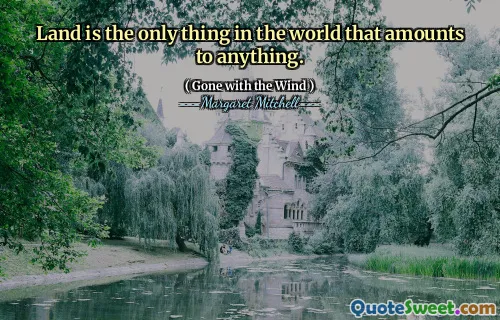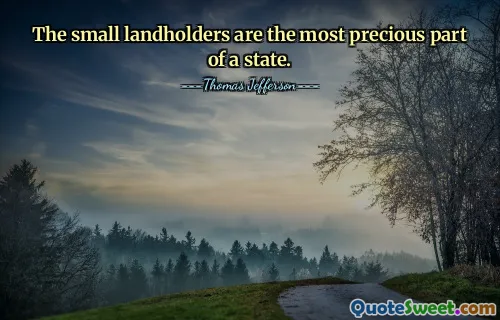There was only silence. It was the silence of matter caught in the act and embarrassed. There were no cells moving, and yet there were cells. I could see the shape of the land, how it lay holding silence. Its poise and its stillness were unendurable, like the ring of the silence you hear in your skull when you're little and notice you're living the ring which resumes later in life when you're sick.
The passage evokes a profound sense of silence, portraying it as an almost tangible presence that envelops everything. It reflects a moment of stillness where life exists yet seems suspended, creating an atmosphere where the natural world exhibits its silent essence. The concept of silence here is reminiscent of childhood experiences, where moments of awareness illuminate the existence of life, akin to the echoes of silence experienced during times of illness.
Dillard captures the juxtaposition of life and stillness, suggesting that even in apparent inactivity, there exists a connection to the broader landscape. The land itself is depicted as a silent observer, embodying a tranquility that is both beautiful and deeply unsettling. This silence invokes a sense of introspection, encouraging reflection on the nature of existence and our own place within it.

